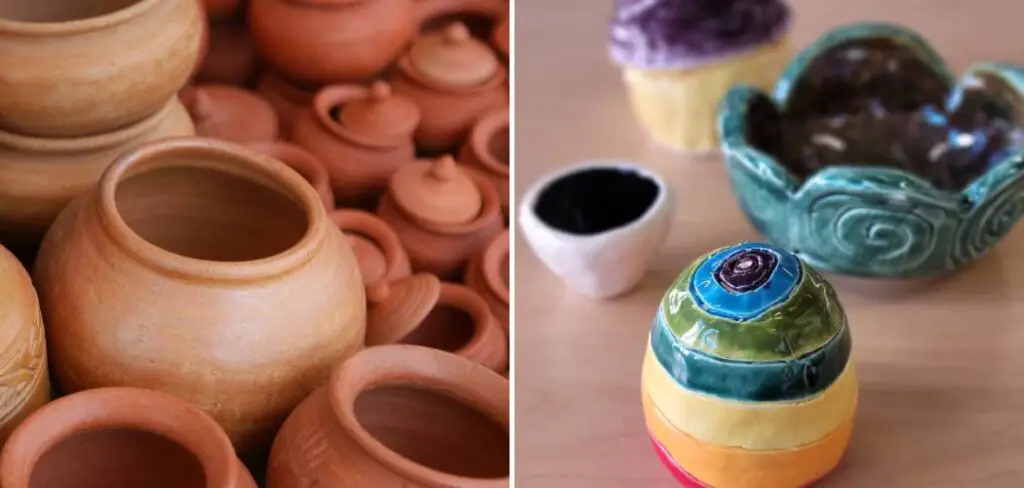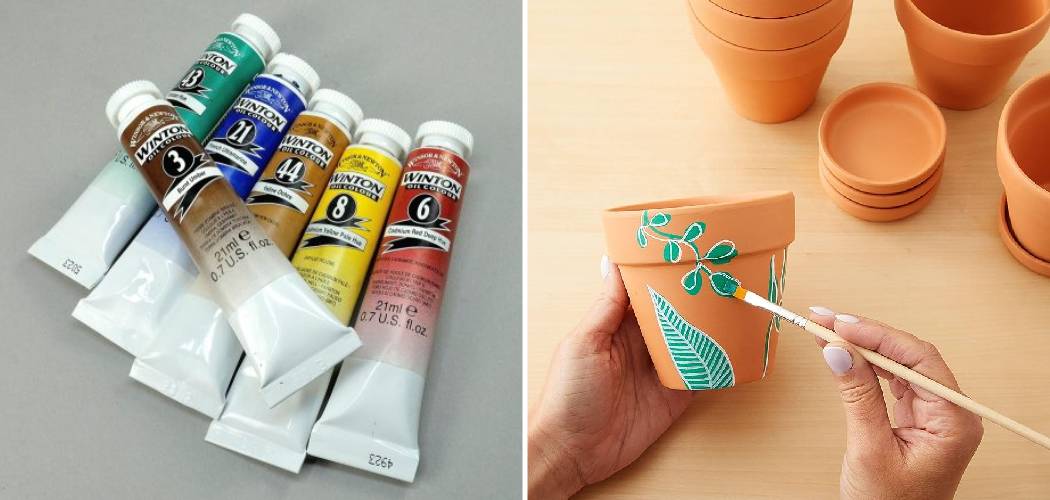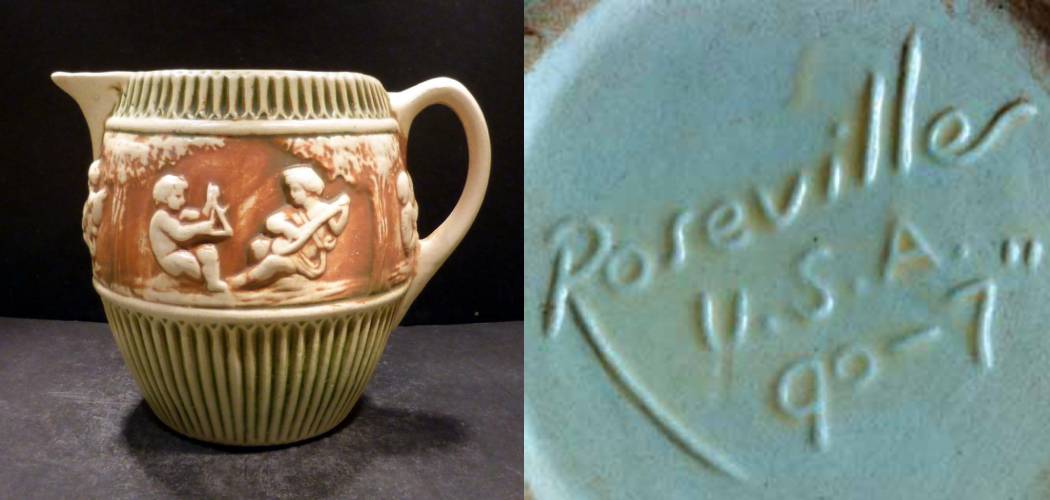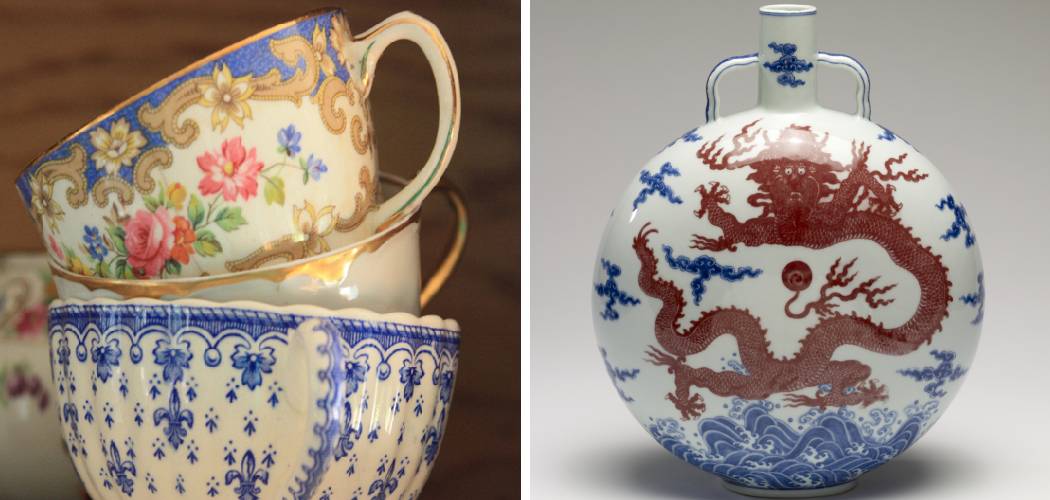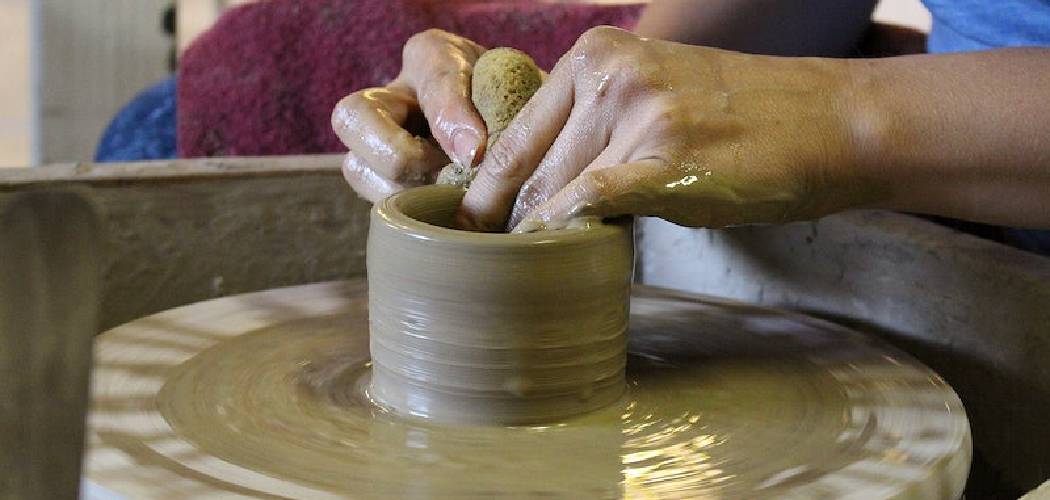Majolica pottery, renowned for its vibrant colors and intricate designs, has a rich history dating back to the Renaissance era. In this guide, we will delve into how to identify majolica pottery, offering valuable insights into recognizing the hallmarks of this timeless art form and ensuring that enthusiasts can confidently distinguish true treasures from replicas in their quest to celebrate the enduring legacy of Majolica. Distinguished by its distinctive glazing technique and artistic flair, Majolica remains a coveted and collectible art form.

Identifying genuine Majolica pottery can be both a fascinating pursuit and a rewarding endeavor for enthusiasts and collectors alike. This distinctive ceramic ware, characterized by its bold, glossy finish and often featuring intricate patterns of flora, fauna, or mythological motifs, has graced tables and mantelpieces for centuries. Unraveling the mystery of authentic Majolica involves keen observation, an understanding of historical context, and a discerning eye for the nuances of craftsmanship.
Table of Contents
The Distinctive Features of Majolica Pottery
Majolica pottery has been around for centuries and remains a popular collectible today. Its bright colors, intricate designs, and unique glazing techniques make it stand out among other types of pottery. But what exactly makes Majolica pottery so distinctive? In this section, we will delve into the key features that help identify and differentiate Majolica from other types of pottery.
Vibrant Colors
One of the most notable features of Majolica pottery is its vibrant colors. From rich greens and blues to bright yellows and oranges, Majolica pieces are known for their bold and eye-catching hues. These colors were achieved through a special glazing technique that involved multiple layers of glaze being applied onto the pottery before it was fired in the kiln. This process resulted in a glossy, almost glass-like finish that made the colors truly pop.
Detailed Designs
Another defining feature of Majolica pottery is its intricate designs. Whether it’s floral patterns or whimsical creatures, Majolica pieces often boast incredibly detailed and lifelike designs. These designs were typically hand-painted onto the pottery, making each piece truly unique. The designs were also often inspired by nature, with motifs such as leaves, flowers, and animals being commonly used.
Three-dimensional Texture
Majolica pottery is also known for its three-dimensional texture. This was achieved through a technique called “underglaze relief,” where the design elements were raised from the surface of the pottery. This added depth and dimension to the pieces, making them not only visually appealing but also tactile.
Natural Themes
As mentioned before, nature was a major source of inspiration for Majolica pottery. Many pieces featured botanical motifs such as flowers, fruits, and vegetables. This was in line with the Victorian era’s fascination with nature and its incorporation into home decor.
10 Ways How to Identify Majolica Pottery
1. Glaze
Majolica pottery is typically characterized by its glossy, brightly colored glaze. This glaze is usually applied in multiple layers and has a distinctive shine that sets it apart from other types of pottery. The colors used for the glaze are often quite vibrant and can range from blues, greens, yellows, and pinks to browns and purples.
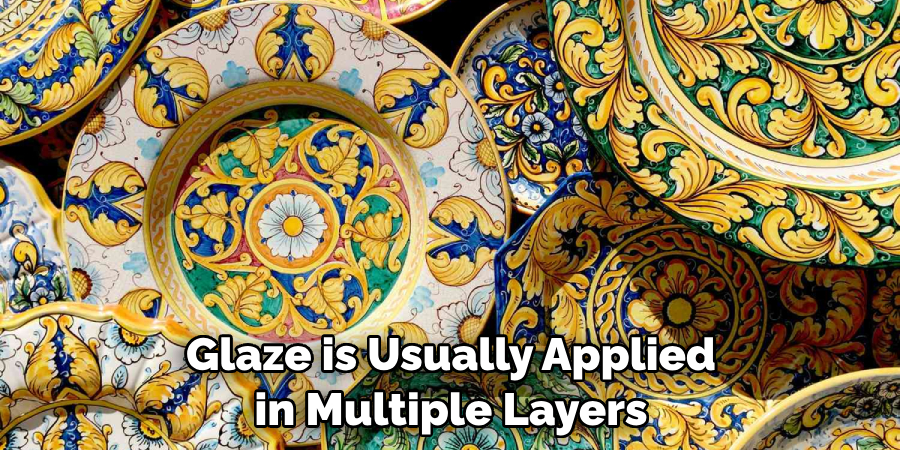
2. Molded Decorations
Another key feature of Majolica pottery is the presence of molded decorations on the surface of the pieces. These decorations often depict animals or plants and can be quite intricate in design. They are usually raised slightly above the surface of the piece and are often highlighted with contrasting colors or gold accents.
3. Foot Ring
Majolica pottery pieces are also typically characterized by a distinctive footring at the base of each piece. This footring serves as an anchor to keep the piece balanced when displayed but also adds an extra layer of decoration to each piece. The foot ring is usually made out of a different material than the rest of the piece and can be either plain or decorated with additional designs or patterns.
4. Markings
Most authentic Majolica pottery pieces will have some type of marking on them that identifies who made them and when they were made. These markings can be found on both the bottom and sides of pieces and may include a name, date, or logo associated with the maker or manufacturer. It is important to note that these markings may not always be visible due to age or wear-and-tear over time so it’s important to look closely when examining a potential Majolica piece for authenticity.
5. Shape
The shape of Majolica pottery pieces is also quite distinctive with many featuring curved lines as well as symmetrical shapes such as circles, squares, rectangles, ovals, etc.. The shapes used for these pieces often reflect traditional designs used in ancient cultures, such as Greek vases or Roman amphorae, which makes them instantly recognizable as being part of this style of pottery-making tradition.
6. Weight
The weight of Majolica pottery can also help you identify whether it is genuine or not since many copies tend to be lighter than originals due to cheaper materials being used during the production process. Genuine pieces will typically feel heavier than copies due to their higher-quality materials, which gives them more durability over time. Additionally, original pieces may have thicker walls, which contributes to their increased weight compared to fakes.
7. Texture
Genuine Majolica pottery will typically have a smooth texture, while copies may feel rough due to cheaper materials being used during the production process. Original pieces will also have a glossy finish, while fakes may appear duller due to inferior glazing techniques.
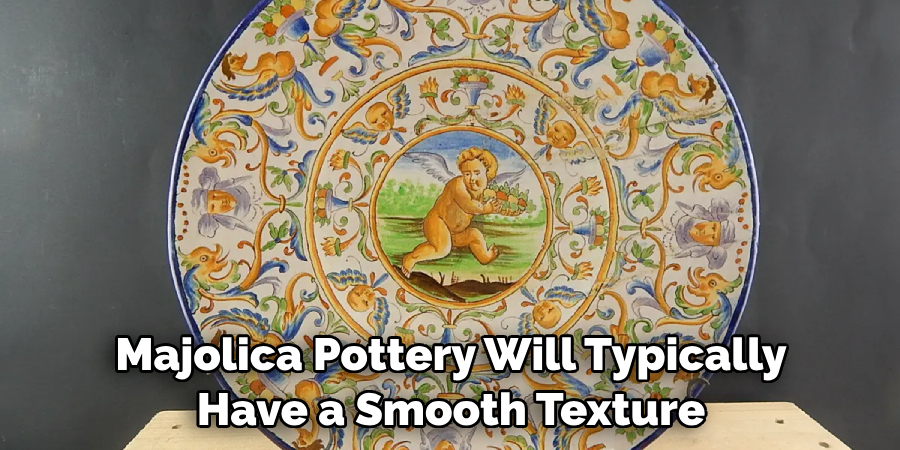
8. Color Variations
When looking at Majolica Pottery , you should pay attention to any color variations present in each piece since this could indicate that it has been hand-painted rather than mass-produced using standard molds . Hand-painted pieces will typically have unique color combinations that vary slightly from one another, whereas mass-produced items tend to all look very similar in terms of color palette.
9. Price Point
The price point for genuine Majolica Pottery tends to be significantly higher than what you would find for copies since originals require more skillful craftsmanship during the production process. Additionally , authentic pieces often use higher quality materials, which contributes to their higher cost compared to fakes.
10. Age & Wear & Tear
Finally , if you come across a potential piece that looks too good to be true, then it’s possible that it might actually be an antique rather than a modern copy. To determine whether this is true, you should look out for signs such as age-related wear & tear such as chips, cracks, discolorations, etc., as these are all indicators that suggest the item was created sometime before the 20th century. Additionally, identifying the age of a piece can also help determine its value and rarity, making it a useful tool in authenticating Majolica pottery pieces.
Common Mistakes to Avoid when Identifying Majolica Pottery
Majolica pottery has become increasingly popular among collectors and antique enthusiasts due to its vibrant colors and intricate designs. However, with its rising popularity, there comes a risk of encountering counterfeit or mislabeled pieces. Therefore, it is crucial for collectors to familiarize themselves with the common mistakes that can occur when identifying majolica pottery.
1. Assuming All Colorful Pottery is Majolica
Majolica pottery is known for its bright and bold colors, but not all colorful pottery pieces are majolica. Some other types of ceramics, such as faience or maiolica, may also have similar color schemes. It is essential to look beyond the vibrant glazes and examine other characteristics, such as the type of clay used and the decoration technique.
2. Neglecting to Check for a Glaze
One of the defining features of majolica pottery is its glaze, which gives it a glossy and smooth finish. Some counterfeits may have been painted with brightly colored enamels but lack a proper glaze. Without a glaze, the pottery will not have the characteristic shine and may even feel rough to the touch.
3. Overlooking Proper Markings
Authentic majolica pottery is typically marked with a manufacturer’s stamp or signature. However, not all pieces will have visible markings, especially if they were made in smaller workshops. It is essential to research and familiarize oneself with common markings and their placement on different types of majolica pottery.

4. Not Considering the Age of the Piece
Majolica pottery has been around since the 1850s, but not all pieces are from that time period. Some counterfeit or mislabeled pieces may be replicas made in more modern times. It is crucial to consider the age of the piece and compare it to historical records or other authentic pieces from that time period.
Conclusion
Identifying majolica pottery is a task that can seem intimidating at first. However, it is an enjoyable hobby once you get the hang of it. With research, practice, and the tips outlined in this blog post, anyone can learn to recognize authentic examples of majolica pottery and classify them more accurately.
By understanding the characteristics of majolica pottery, you will soon be able to detect even subtle differences in design techniques and decorative elements. If you take the time to understand how to identify it, collecting authentic majolica pottery can give your decor or any space a rich homey feel. So don’t wait any longer—put these tips into action today to start your journey of learning how to identify majolica pottery!
